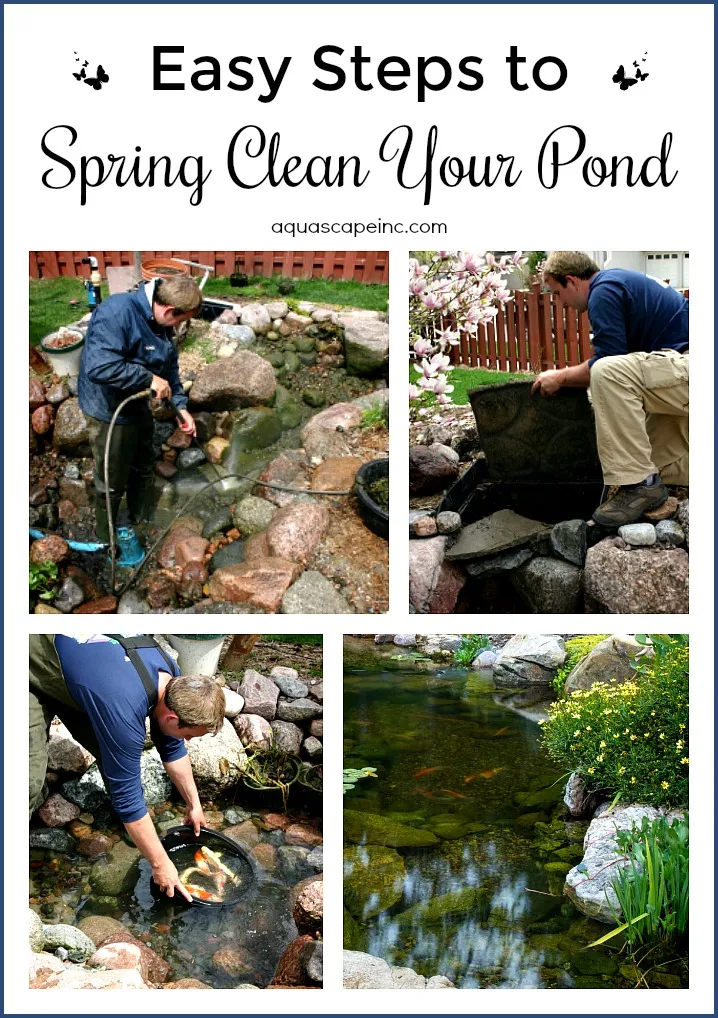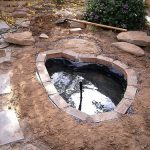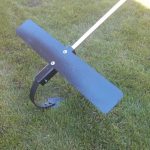Welcome to our guide on how to clean fish ponds. Keeping your fish pond clean is essential for the health and well-being of your aquatic pets. Regular maintenance and cleaning not only ensure a beautiful and thriving pond environment but also prevent the growth of harmful bacteria and algae. In this article, we will provide you with step-by-step instructions on how to effectively clean your fish pond.
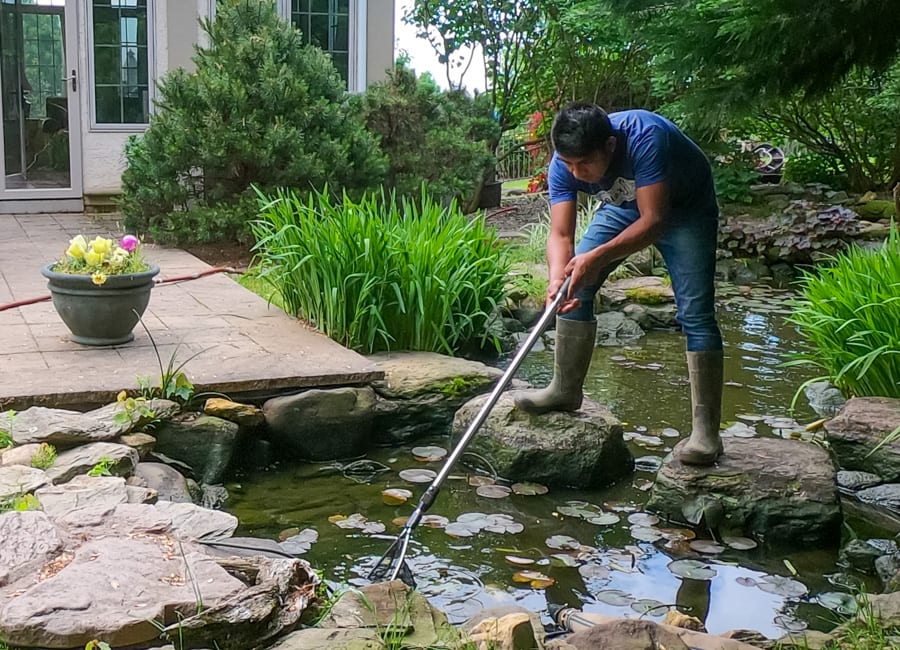
Credit: splashsupplyco.com
Materials Needed
Before you start cleaning your fish pond, gather the following materials:
- Net
- Pond vacuum or siphon
- Bucket
- Algae scraper or brush
- Gloves
- Water testing kit
- Dechlorinator
Step 1: Remove Debris
Using a net, remove any leaves, twigs, and other debris from the surface of the pond. This will prevent the debris from decomposing and contaminating the water.
Step 2: Clean the Pond Bottom
Use a pond vacuum or siphon to clean the bottom of the pond. Remove any sludge, uneaten fish food, and other waste that has accumulated at the bottom of the pond. Be thorough in your cleaning to ensure a healthy pond environment.
Step 3: Scrub Algae
Algae can quickly overtake a fish pond if left unchecked. Use an algae scraper or brush to clean the walls and rocks in the pond. This will help prevent algae buildup and keep the water clear.
Step 4: Test Water Quality
Regularly test the water quality in your fish pond using a water testing kit. Check the pH, ammonia, nitrite, and nitrate levels to ensure they are within the appropriate range for fish. Make any necessary adjustments to maintain optimal water quality.
Step 5: Perform Water Change
If the water quality is not within the desired range, perform a partial water change. Use a dechlorinator to remove chlorine and chloramine from tap water before adding it to the pond. This will help protect your fish from harmful chemicals.
Step 6: Monitor Water Temperature
Monitor the water temperature in your fish pond, especially during hot summer months. Fish are sensitive to temperature fluctuations, so ensure that the water temperature remains stable within the ideal range for your fish species.
Step 7: Maintain Filtration System
Regularly clean and maintain your pond’s filtration system. A clean filter is essential for removing debris and maintaining water quality. Follow the manufacturer’s instructions for cleaning and replacing filter media.
Step 8: Add Beneficial Bacteria
Introduce beneficial bacteria to your fish pond to help break down organic waste and maintain a healthy balance of nutrients. Beneficial bacteria can help reduce algae growth and improve water clarity.
Step 9: Provide Shade and Shelter
Ensure that your fish pond has adequate shade and shelter for your fish. Shade plants or structures can help reduce water temperature and provide a safe refuge for fish to hide from predators.
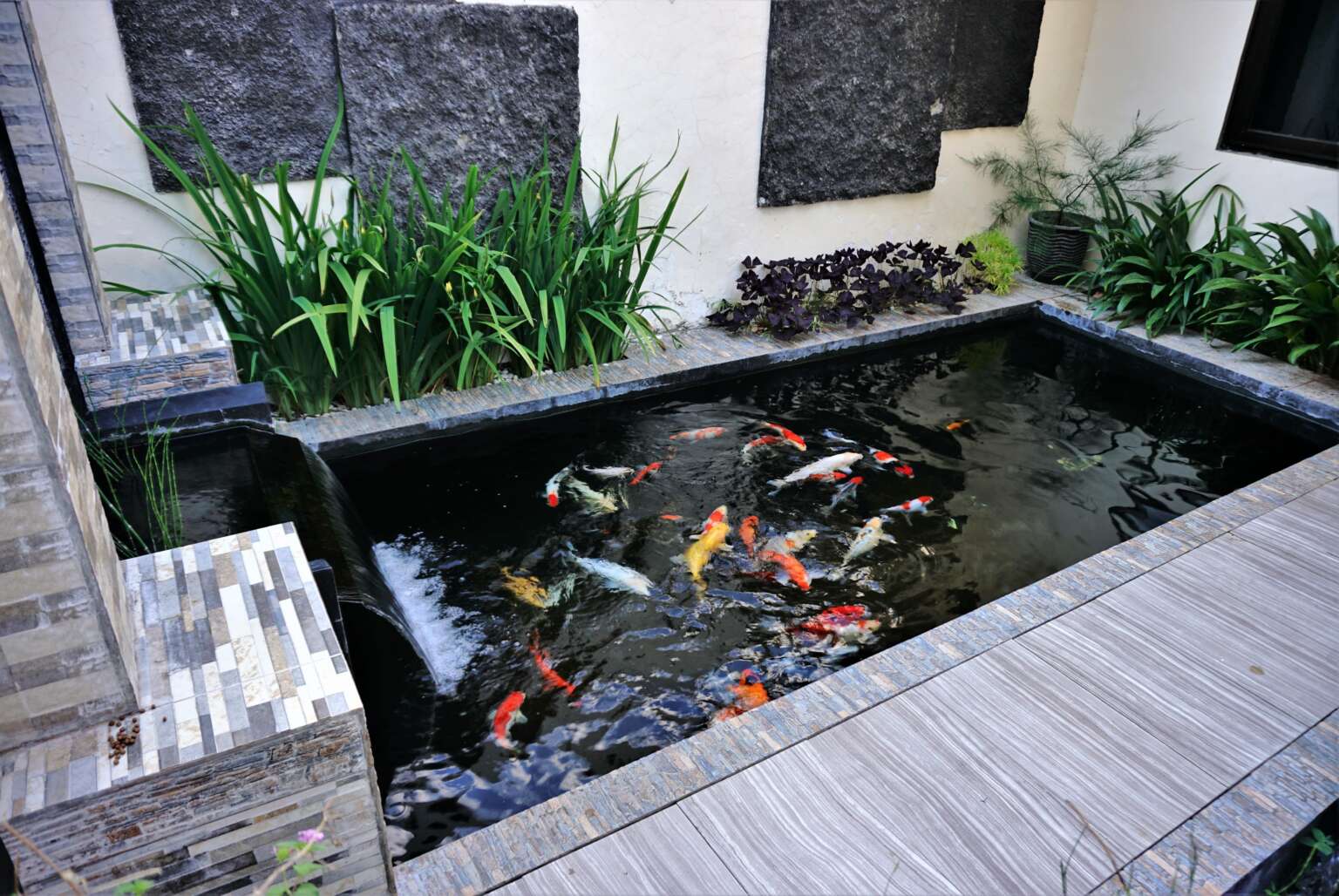
Credit: nutrienwaterstore.com.au
Step 10: Regular Maintenance
Make a regular cleaning and maintenance schedule for your fish pond. Consistent upkeep is key to preventing issues such as algae blooms and poor water quality. By following these steps and maintaining a clean pond, you can create a healthy and thriving environment for your fish.
With these simple steps, you can keep your fish pond clean and your aquatic pets healthy and happy. Remember to monitor water quality regularly and make adjustments as needed to ensure a balanced ecosystem in your pond. A clean pond is a beautiful pond, so take the time to maintain it properly for years of enjoyment.


